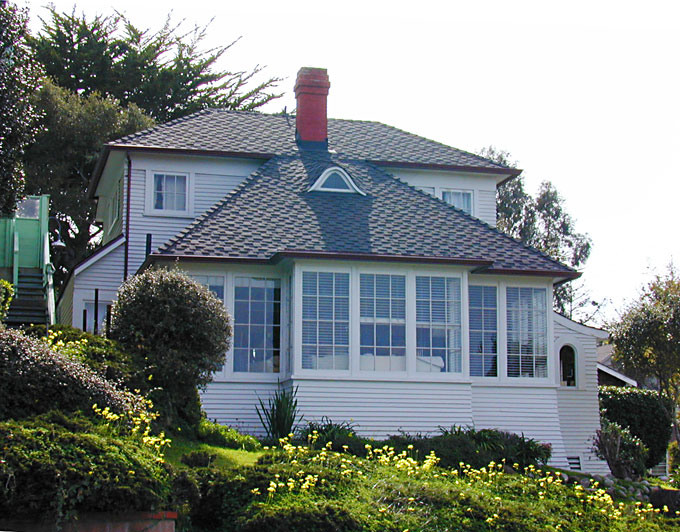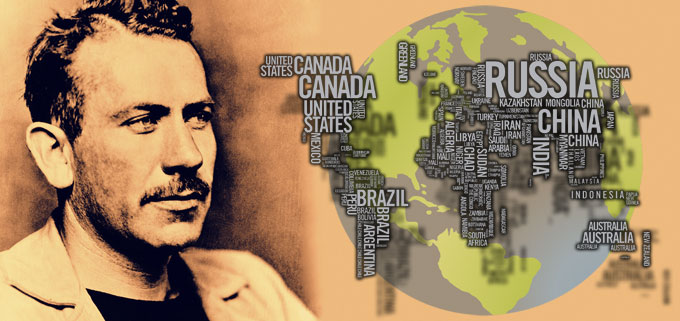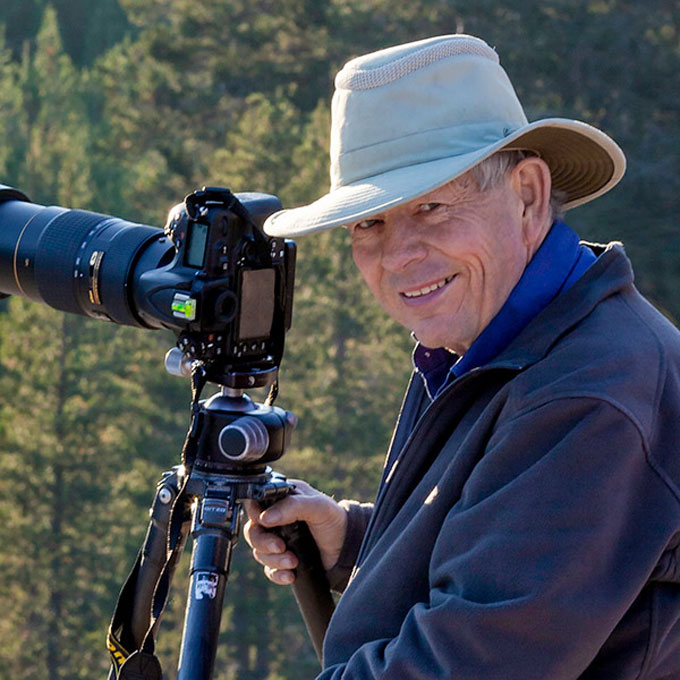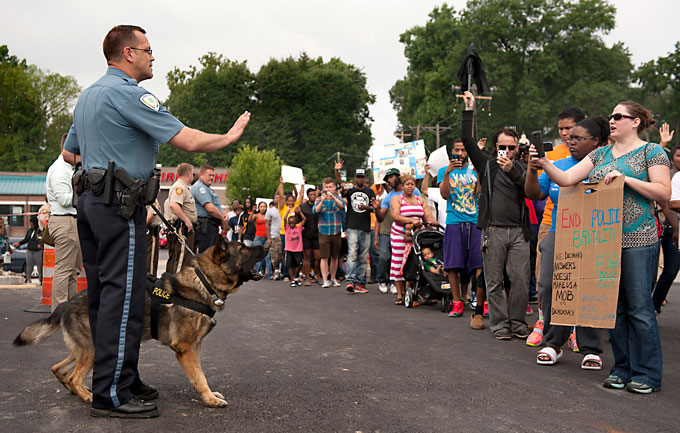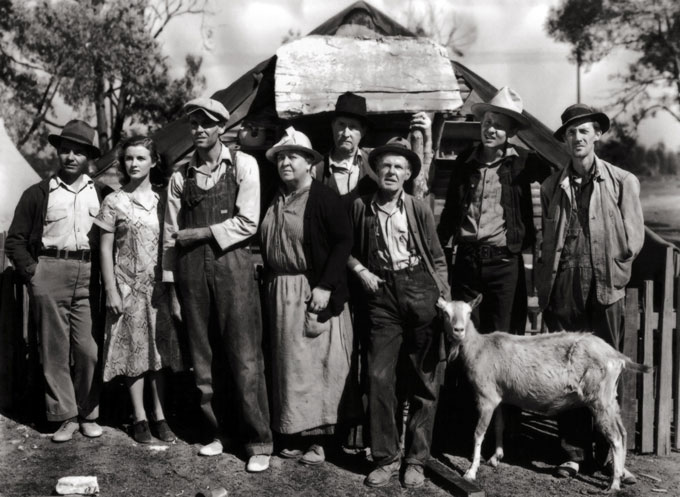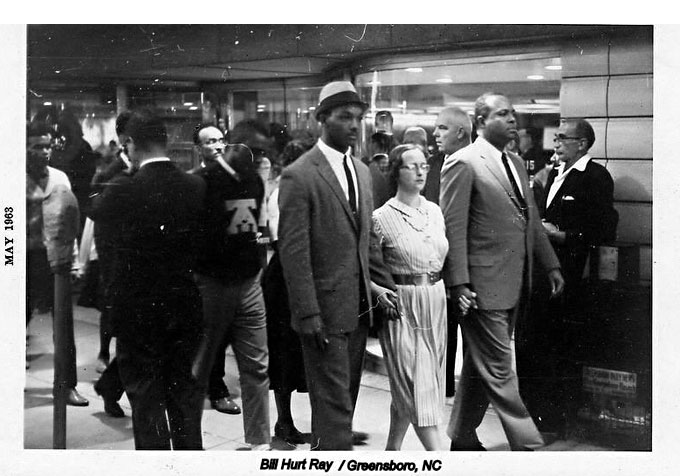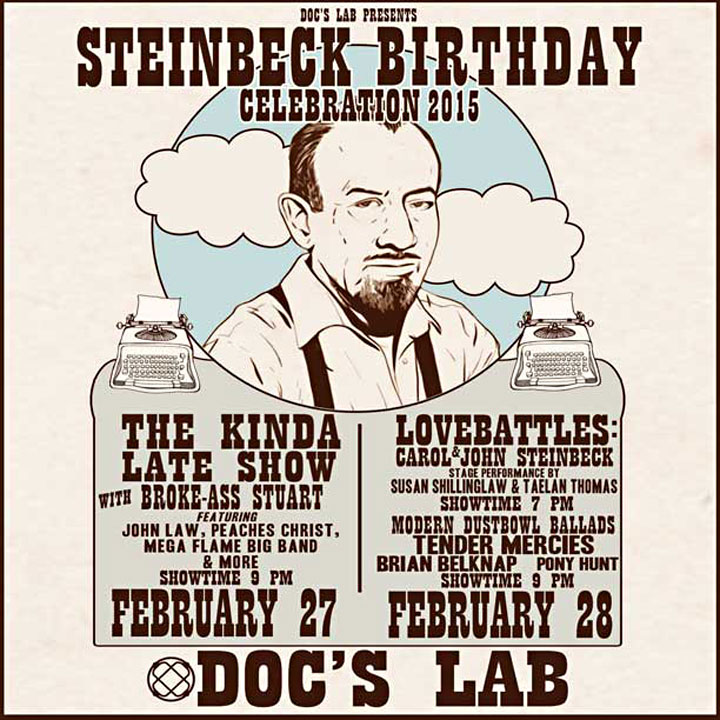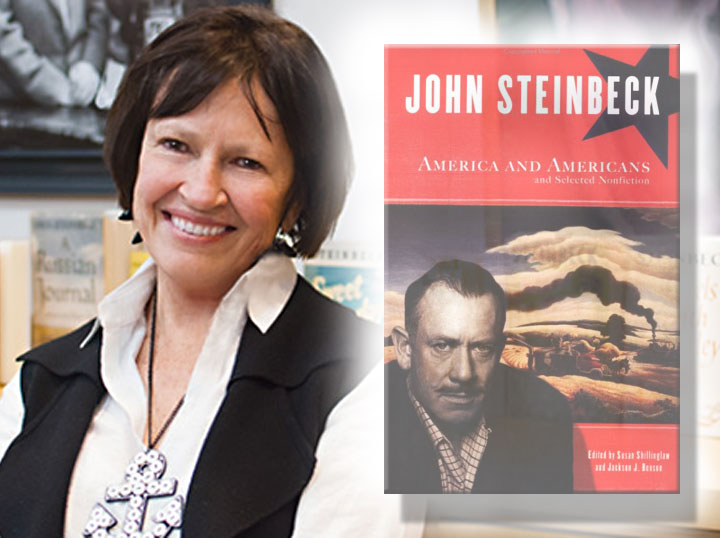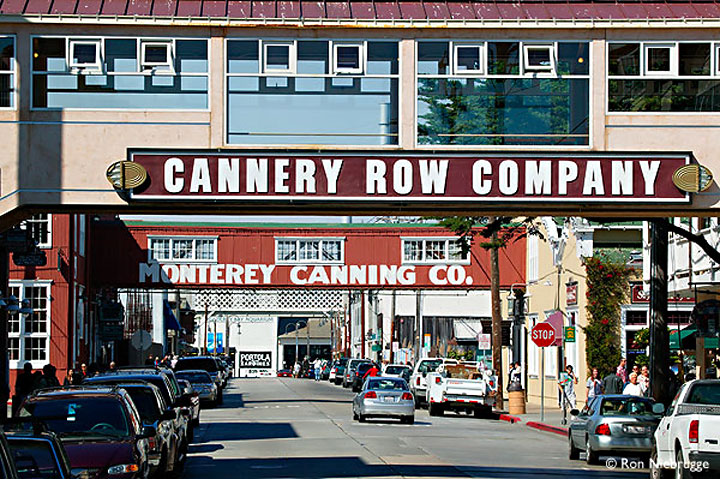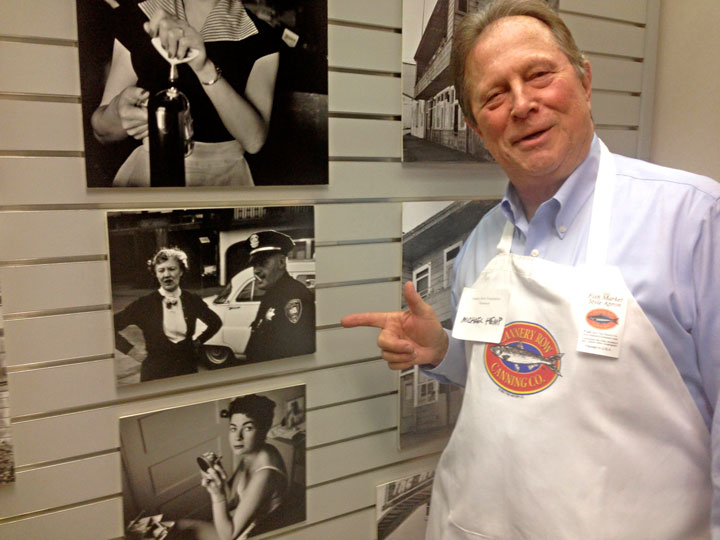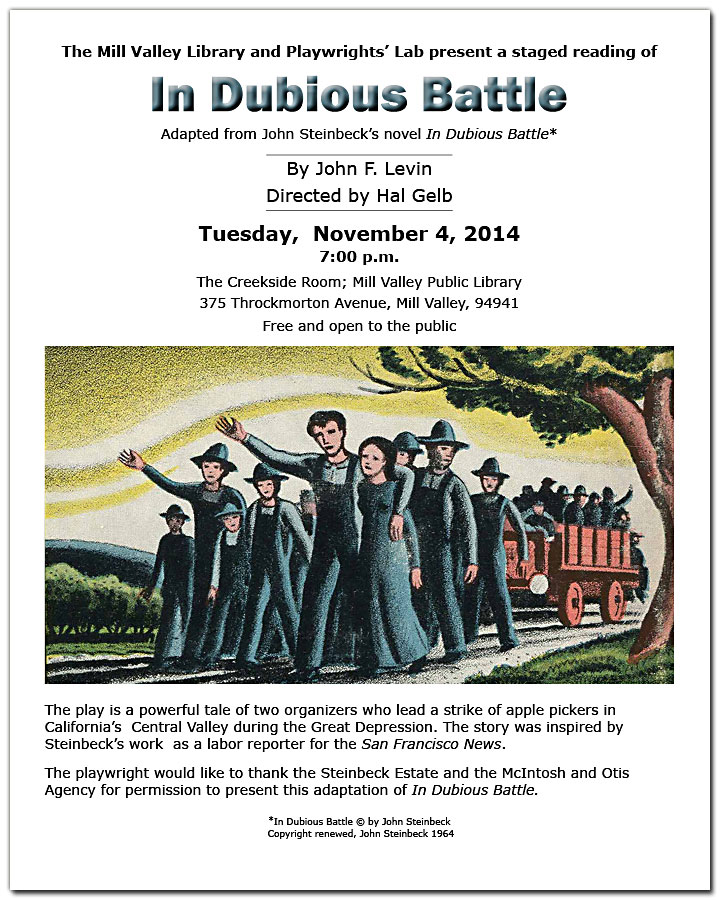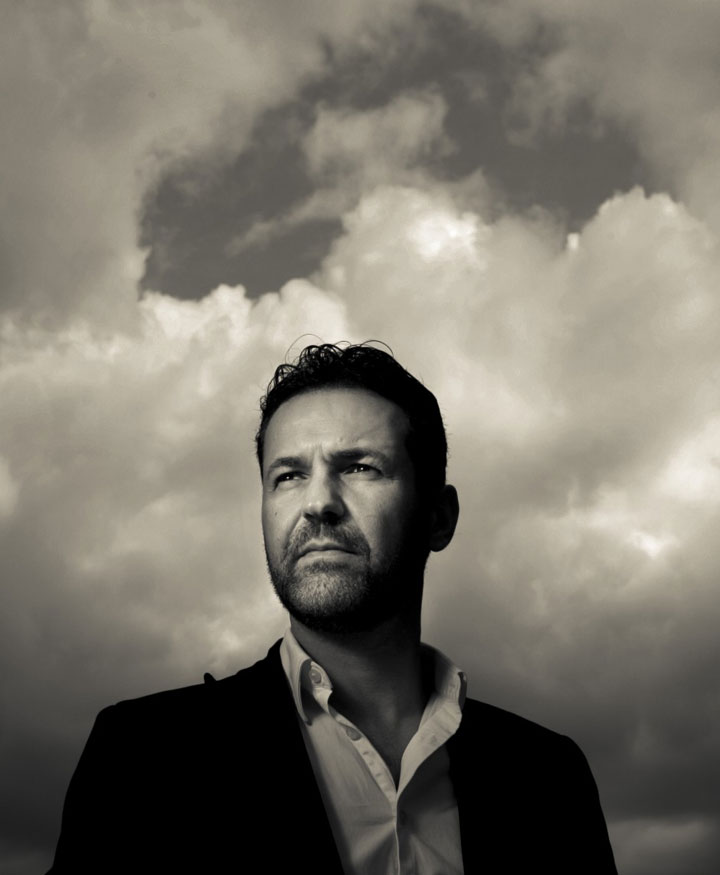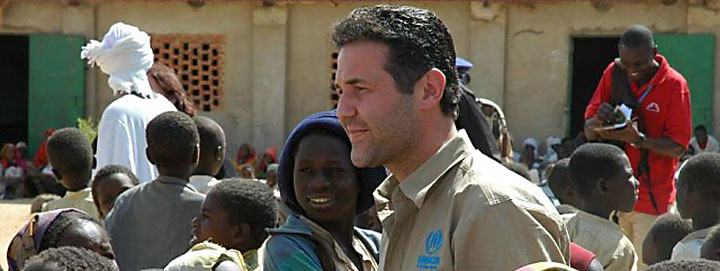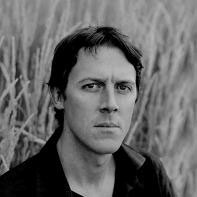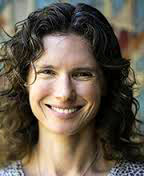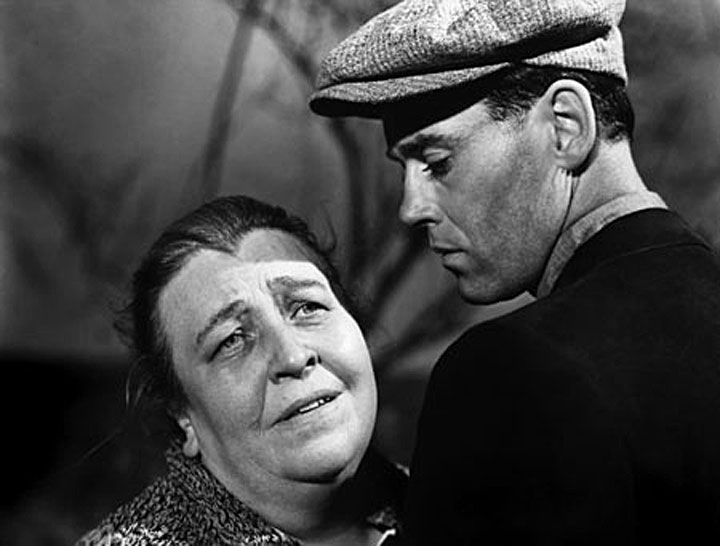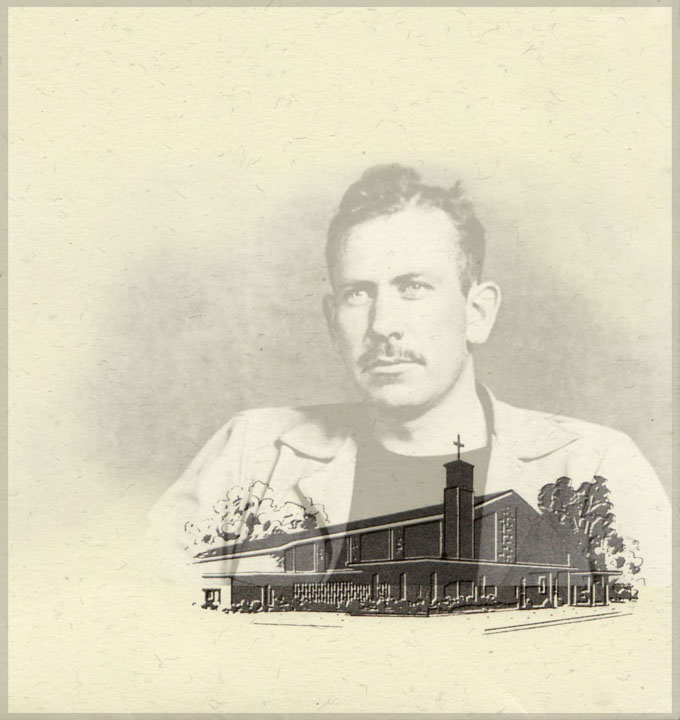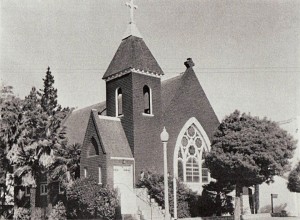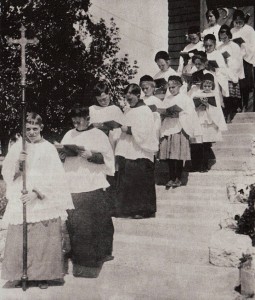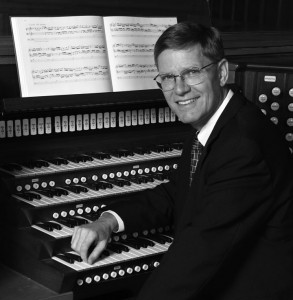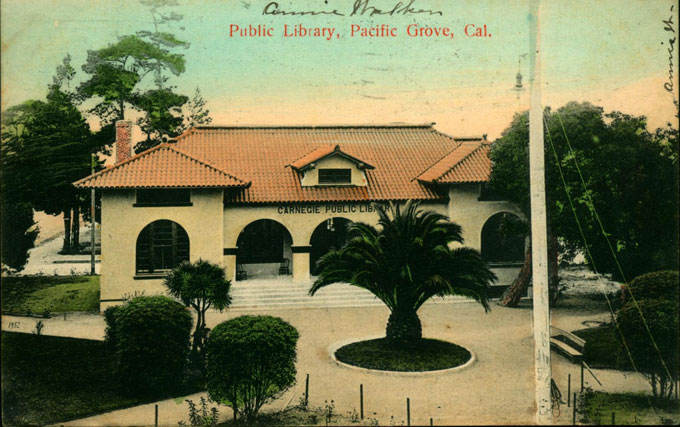
Pacific Grove, California—John Steinbeck’s retreat when there was writing or healing to be done—is a preservation-minded community where “this old house” means the whole town, and residents like Nancy and Steve Hauk, celebrity-citizens with ties to Steinbeck, contribute to the present while connecting with the past. Founded in 1875 as a seaside getaway for camp-meeting Methodists, one where liquor was outlawed and modesty was mandated, Pacific Grove soon became a summer destination—Chautauqua West—for vacationing non-Methodists from inland towns such as Salinas.
Founded in 1875 as a seaside getaway for camp-meeting Methodists, one where liquor was outlawed and modesty was mandated, Pacific Grove soon became a summer destination—Chautauqua West—for vacationing non-Methodists from inland towns such as Salinas.
Steinbeck’s parents liked Pacific Grove’s culture and cool air; their modest weekend cottage off Central Avenue on 11th Street had a view of the bay when Steinbeck was a boy. In 1906 Pacific Grove got a grant to build a Carnegie library on Central, within walking distance of the Steinbeck cottage, where Steinbeck’s wife Carol Henning is thought to have worked in the early 1930s. Steinbeck’s friend Ed Ricketts lived in a handsome house up the hill from Central Avenue on Lighthouse, the other major thoroughfare—until Ed’s wife left him and he moved to lab space he rented for his struggling marine specimen business between Lighthouse and Central avenues. Now located on busy Cannery Row, where peaceful Pacific Grove meets fun-loving Monterey, “Doc’s Lab” attracted legendary people and parties in the 1930s and 40s, achieving the stature of myth in John Steinbeck’s Cannery Row fiction.
Nancy Hauk, an artist, and Steve Hauk, a writer, own the Ricketts home today. Together they operate Hauk Fine Arts, an intimate art gallery less than a block from Holman’s Department Store, another Pacific Grove landmark made famous by Steinbeck’s fiction. A playwright, Steve recently completed “Almost True Stories from a Writer’s Life,” a series of short stories based on relationships and events from Steinbeck’s life in Pacific Grove, Monterey, and Salinas. One story, “The Daughter,” is set in the Ricketts house. Another features Bruce and Jean Ariss, artists who lived in Pacific Grove during Steinbeck’s time and moved in the colorful Ricketts-Steinbeck circle. Steve is an expert on California artists, and the gallery features paintings by friends of Steinbeck, including Bruce Ariss, inspired by the life and landscape of Pacific Grove, Carmel, and Monterey Bay. Visitors to Hauk Fine Arts who are willing to take up the time freely given by Steve, a former reporter for the Monterey Herald, get an instant education in Steinbeck, Pacific Grove, and the town’s this-old-house history.
Pacific Grove Library Honors Hauks with an Art Gallery
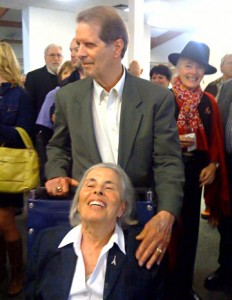 The Hauks love Pacific Grove, and Pacific Grove loves them in return. Earlier this year officials announced that new gallery space in the Pacific Grove Public Library would be named in honor of the couple, a tribute to Nancy’s art and Steve’s devotion to his wife, who suffers from a progressive neurological disease. Friends of the Library, a volunteer group that gets things done, raised funds to build out the space, part of a long-term program to upgrade and restore the aging Carnegie library to its former glory. Located a stone’s throw from the sea in a neighborhood of immaculate Victorian homes and historic public buildings including Chautauqua Hall, the library was and is a gathering place for Pacific Grove, where culture continues to attract visitors like butterflies. An art exhibit and lecture series celebrating Rachel Carson’s 1955 book about coastal ecology, The Edge of the Sea, will feature the Carson and Steinbeck biographer William Souder on December 4.
The Hauks love Pacific Grove, and Pacific Grove loves them in return. Earlier this year officials announced that new gallery space in the Pacific Grove Public Library would be named in honor of the couple, a tribute to Nancy’s art and Steve’s devotion to his wife, who suffers from a progressive neurological disease. Friends of the Library, a volunteer group that gets things done, raised funds to build out the space, part of a long-term program to upgrade and restore the aging Carnegie library to its former glory. Located a stone’s throw from the sea in a neighborhood of immaculate Victorian homes and historic public buildings including Chautauqua Hall, the library was and is a gathering place for Pacific Grove, where culture continues to attract visitors like butterflies. An art exhibit and lecture series celebrating Rachel Carson’s 1955 book about coastal ecology, The Edge of the Sea, will feature the Carson and Steinbeck biographer William Souder on December 4.
Located a stone’s throw from the sea in a neighborhood of immaculate Victorian homes and historic public buildings including Chautauqua Hall, the library was and is a gathering place for Pacific Grove, where culture continues to attract visitors like butterflies.
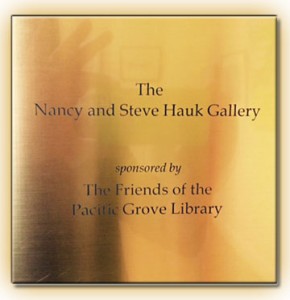 The Nancy and Steve Hauk Gallery formally opened at a Friends of the Library reception—attended by fellow artists and community members, and the Hauks’ younger daughter Anne—on October 2, 2015. The library’s Rachel Carson exhibit opened the same day, a meaningful coincidence on many levels. The Methodists who founded Pacific Grove may have been teetotalers, but they were thirsty for knowledge and curious about ideas, art, and science, subjects that defined the summer Chautauqua circuit with its West Coast center in Pacific Grove more than a century ago.
The Nancy and Steve Hauk Gallery formally opened at a Friends of the Library reception—attended by fellow artists and community members, and the Hauks’ younger daughter Anne—on October 2, 2015. The library’s Rachel Carson exhibit opened the same day, a meaningful coincidence on many levels. The Methodists who founded Pacific Grove may have been teetotalers, but they were thirsty for knowledge and curious about ideas, art, and science, subjects that defined the summer Chautauqua circuit with its West Coast center in Pacific Grove more than a century ago.
The Methodists who founded Pacific Grove may have been teetotalers, but they were thirsty for knowledge and curious about ideas, art, and science, subjects that defined the summer Chautauqua circuit with its West Coast center in Pacific Grove more than a century ago.
Like Ed Ricketts, Rachel Carson was a scientist; like Ricketts and Steinbeck, she thought deeply and wrote prophetically about ecology. The Sea Around Us (1950), The Edge of the Sea, and Silent Spring (1962), popular books that have become classics, equal Steinbeck in style and Ricketts in observation. Nancy Hauk paints with similar grace and perception about similar subjects—seabirds on the sand, water reeds reflected in a tide pool, the gentle golden hills described by Steinbeck in his best writing about California. Like Steinbeck, Nancy rarely repeats herself in her work, and Steve is still finding sketches and paintings—some completed, others left unfinished—in their house on Lighthouse Avenue.
A Piece of This-Old-House from Steinbeck’s Pacific Grove
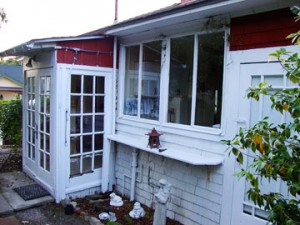 Nancy and Steve are walkers in a walking town. Since Nancy’s move to memory care at Cottages of Carmel, where she often can be found with caregiver and friend Yolanda Campos, Steve’s been doing more driving than walking, daily making the drive to visit Nancy over Carmel Hill, a trip Mac and the Boys made to hunt frogs in Cannery Row. One day recently he walked by the Steinbeck family cottage off Central Avenue in Pacific Grove and noticed a dumpster loaded with wood that had been removed for replacement in the process of retrofitting the cottage. “This old house,” he said, “witnessed so much history, and writing. I salvaged three pieces of redwood siding from the dumpster, just in case. I’m glad I did. When I drove by the next day the dumpster was gone.” Thanks to Steve’s care for John Steinbeck, Pacific Grove, and posterity, a piece of the famous cottage has joined the collection of Steinbeck memorabilia at the Martha Heasley Cox Center for Steinbeck Studies, one that includes Steinbeck’s typewriter and the manuscripts of books the author wrote while living—and healing—in the place he loved.
Nancy and Steve are walkers in a walking town. Since Nancy’s move to memory care at Cottages of Carmel, where she often can be found with caregiver and friend Yolanda Campos, Steve’s been doing more driving than walking, daily making the drive to visit Nancy over Carmel Hill, a trip Mac and the Boys made to hunt frogs in Cannery Row. One day recently he walked by the Steinbeck family cottage off Central Avenue in Pacific Grove and noticed a dumpster loaded with wood that had been removed for replacement in the process of retrofitting the cottage. “This old house,” he said, “witnessed so much history, and writing. I salvaged three pieces of redwood siding from the dumpster, just in case. I’m glad I did. When I drove by the next day the dumpster was gone.” Thanks to Steve’s care for John Steinbeck, Pacific Grove, and posterity, a piece of the famous cottage has joined the collection of Steinbeck memorabilia at the Martha Heasley Cox Center for Steinbeck Studies, one that includes Steinbeck’s typewriter and the manuscripts of books the author wrote while living—and healing—in the place he loved.
Photo of Ricketts-Hauk home in Pacific Grove courtesy David Laws.
